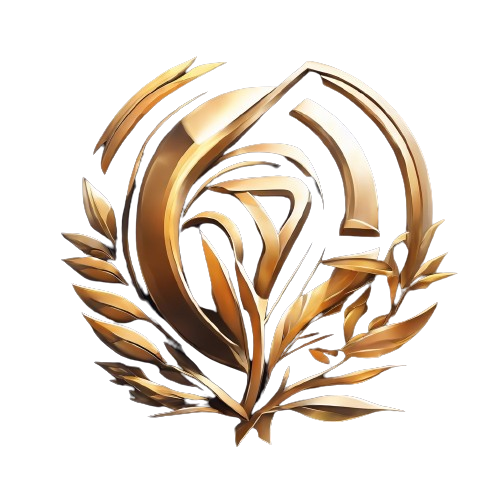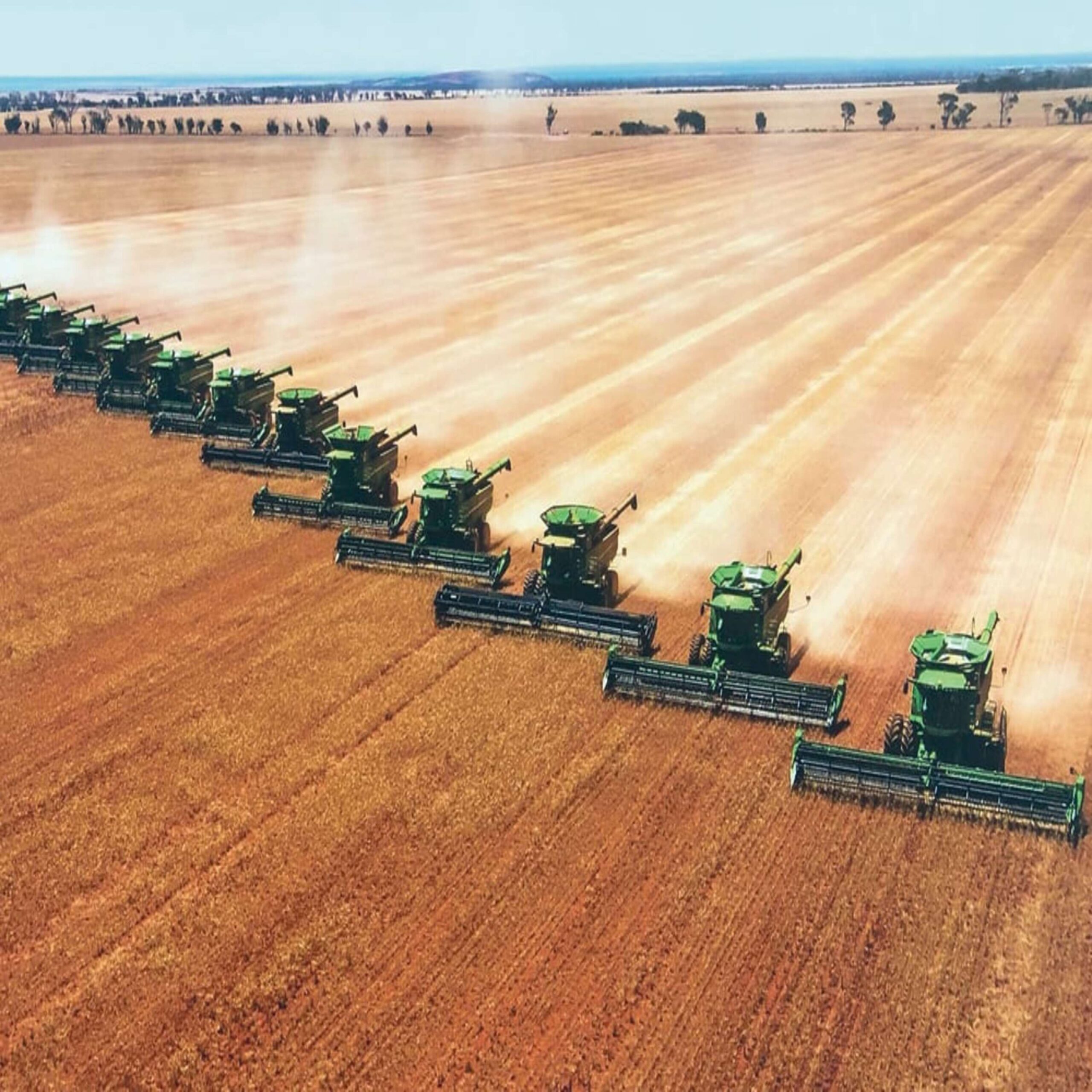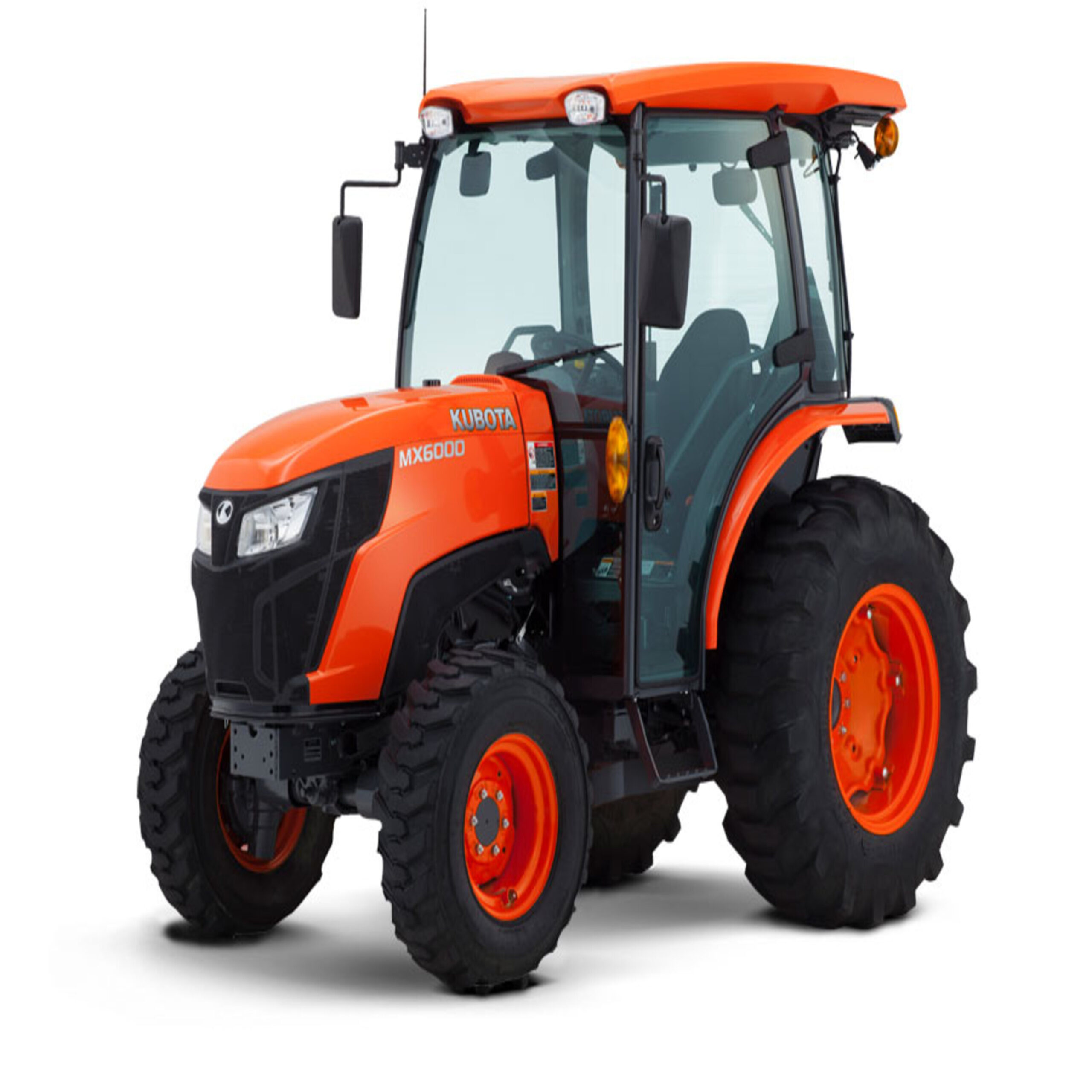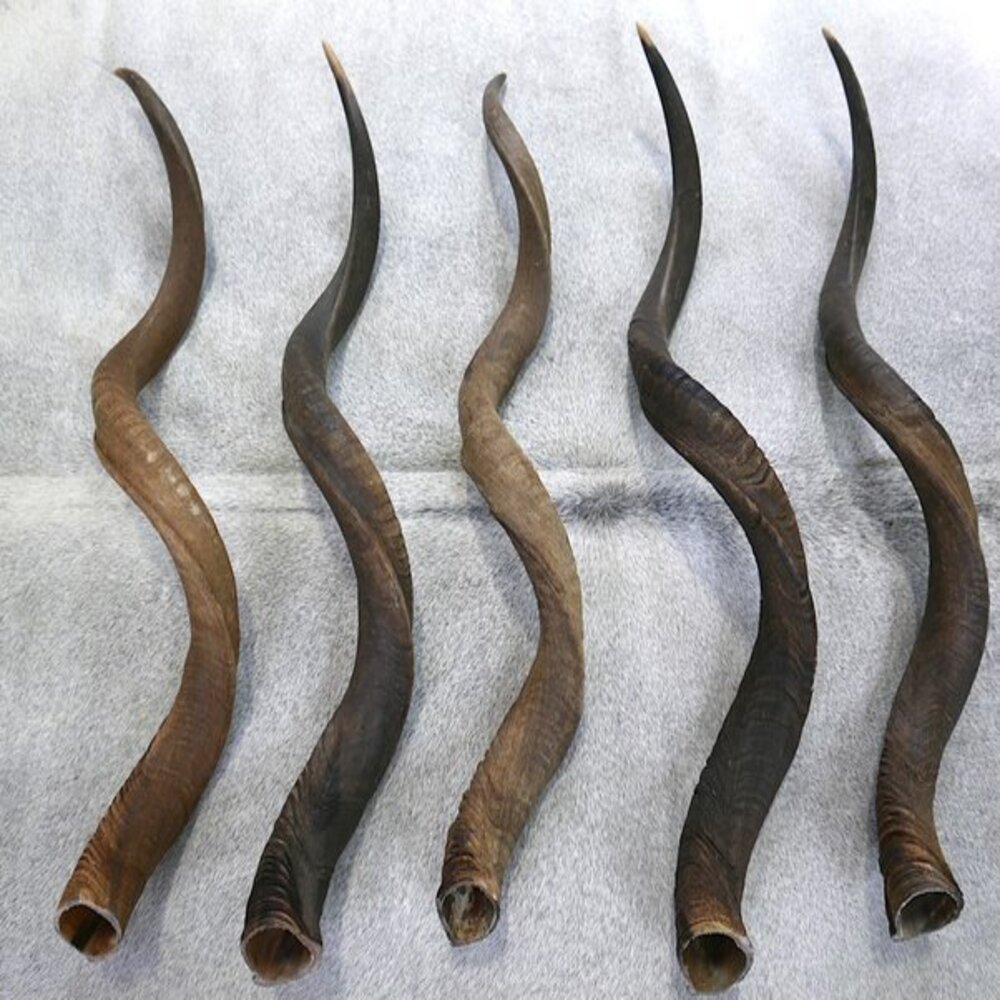Quality Shofar Horns For Sale
Description
The only commandment explicitly set forth in the Torah that has to do with the Jewish New Year is to listen to the blowing of the shofar. Therefore it is important that we clarify the rules of halakhah pertaining to this commandment. Here we focus on the animals from which one may make a shofar. The answer to this question is not to be found in the written Torah; in fact, surprisingly, the word shofar is not even mentioned in the written Torah in the context of Rosh ha-Shanah. The Mishnah fills in the gap, but with instructions that appear to contradict one another:
“All shofars are valid except that of a cow” (Rosh ha-Shanah 3.2).
“The shofar for the New Year was of a wild goat, straight, and its mouthpiece was overlaid with gold” (Rosh ha-Shanah 3.3).
“Rabbi Judah says on the New Year they sounded on those of rams, but at the Jubilee on those of wild goats” (Rosh ha-Shanah 3.5).
The gemara discusses these statements, adding a further remark on this subject (Rosh ha-Shanah 16a):
Rabbi Abahu said, “Why is a shofar of a ram sounded? The Holy One, blessed be He said: Blow on a ram’s horn before Me so that I be reminded for you of the binding of Isaac, Abraham’s son, and ascribe you merit as if you had offered yourselves to Me on the altar.”
These sources gave rise to rules of Halakhah that go in two directions. The Shulhan Arukh and works of similar ilk viewed the passages of Mishnah as a single story which includes shofars that are valid from the outset as well as shofars that are valid after the fact, and therefore ruled (Orah Hayyim 586.1):
The shofar for the New Year should be of a ram, and curved. After the fact, all shofars are valid, whether straight or curved. Curved shofars are preferable to straight ones, and that of a cow is not acceptable under any conditions.
Maimonides and his followers, however, viewed the different remarks of the Mishnah as conflicting. Hence Maimonides ruled (Hilkhot Shofar 1.1):
It is a positive commandment of the Torah to hear the sound of the shofar on the New Year… and the shofar that is blown … is a curved sheep’s horn. All shofars other than sheep’s horns are not valid.
According to Maimonides a ram’s horn is the only valid shofar, even after the fact, and according to the Shulhan Arukh a ram’s horn is the preferred shofar. In actual practice, most communities around the world have used the horn of a ram, although sometimes they have done otherwise either deliberately or inadvertently. Here I give three examples.
Rabbi Herbert Dobrinsky tells of a tradition among the Jews of Spain and Portugal to use an antelope’s horn as a shofar. According to him, such horns are longer and straight, without the twists found in other shofars. Rabbi Nathan Cardozo reports that the Spanish-Portuguese Synagogue in Amsterdam uses a shofar from an antelope. But Rabbi Abraham Levi, Rabbi of the Spanish-Portuguese Synagogue in London reports that they use a “regular” shofar.
Although no explanation was given for using a shofar from an animal other than a ram, it appears that they deliberately used a different animal. A fascinating story from 15th-century Germany describes a shofar made of a goat’s horn having been used for a long time, until this practice was discovered and corrected by a wise and alert rabbi. This is the rabbi’s account of events:
That commandment almost became neglected in all of Ashkenaz, since for forty years the gentile artisan who lived in Erfurt had been making the shofars for most of the country, and now his son succeeds him, and people have come to buy them; so their shofars spread throughout Ashkenaz. Then the gaon, Rabbi Zamlin ha-Cohen of Erfurt learned to make shofars and thus became privy to the secret that all the shofars that had been made were from goats and not rams, and the ram’s horns that were given to the gentile artisans to fashion into shofarot they exchanged, replacing good with bad, substituting goat’s horns in their stead… All this was admitted by the gentile artisan, son of the former artisan… When I heard this I was terribly shaken … I gave my support and encouragement to the above-mentioned Cohen and he … made a shofar of a ram’s horn before my eyes, over which I greatly rejoiced.
The rabbi goes on to explain that for several years they made shofars of ram’s horns for all the lands of Ashkenaz, and he writes: “I hereby decree, by virtue of the authority given me to pass decrees, that from the day this writ comes to be known, … no person shall make any shofar that is not from a ram’s horn. Moreover, cursed is the person who shall make one, even from a goat’s horn … and this includes whoever blows a shofar of a goat’s horn where one of a ram’s horn is to be had.”
Unlike the case in Germany, the preferred type of shofar in several locations in Yemen was the kodo shofar (from a variety of antelope), which was certainly different from that of a ram. This is attested to by Rabbi Yaakov Sapir, a rabbinical emissary who had been sent from Jerusalem in 1856 and spent five years visiting Egypt, Yemen, India, Australia and New Zealand. He survived many frightful events and finally returned to Jerusalem and wrote a travel log which includes a first-hand description of the life of the Yemenite Jews. He writes:
I spent the New Year (1859) here (in Mocha, in southwest Yemen), in the home of the shohet and inspector Mori Salem… I also had with me a ready-made shofar of a ram’s horn, and I sounded the obligatory blasts of the day on it. I tried to blow their shofar, as well; and thus it is throughout Yemen that, for lack of shofars of ram’s horns or because they do not know how to make them, they blow on a shofar made of an antelope horn, which is about two cubits long and twisted when on the animal’s head, and its has a full sound that makes the heart quake.
Antelope horns continued to be used to make shofars in Yemen. Several decades later we found that another rabbinical emissary intervened on the question of the shofar, and many years later Rabbi Yosef Kapah described the halakhah, the action taken and the role played by his grandfather in this controversy. He writes:
The shofar that one blows is of course to be made of a ram’s horn, according to the halakhah. But not all the Jews of Yemen blew on a ram’s horn shofar. In many villages they would blow an antelope-horn shofar. Even in Sanaa itself there were those who blew on a ram’s horn and others who blew on a long, twisted shofar. Many challenged the use of this shofar, and the reply made to them was that it came from a ram, an assertion which is patently absurd. Others admitted that it was not from a ram, but that the custom of blowing on these types of shofar had been observed by the Jews of Yemen since antiquity, according to the legal principle that all types of shofar are valid. My grandfather, Rabbi Y. Kapah, of blessed memoruy, vehemently objected to the use of this type of shofar and maintained that it was made from the horn of a buffalo, and coming from the cattle family was ipso facto not valid.
In 1887, Rabbi Yehezkel Shaul-Rofe, a rabbinical emissary from Tiberias, set out for Yemen. He had passed on a question in this regard to the rabbis of Tiberias and took with him a shofar to show them. Their response was: “Regarding the shofar that the rabbinical emissary, the honorable Rabbi Yehezkel brought with him, such a type of shofar made of a sheep’s horn is not at all to be found in our region, nor have we ever heard such a one. Therefore, the honorable rabbi ought to investigate the matter; peace.” Signed: Yosef David Abulafia, Yizhak Avraham Bakiria, Shlomo Rahamim Abulafia.
Use of a shofar from an animal other than a ram in several communities evoked sharp reactions by posekim. Even though the Shulhan Arukh permits the use of such shofars, it also admits that they are not the preferred type. According to Maimonides, these shofars are not valid even after the fact, however this view is a minority opinion. Arukh ha-Shulhan shows that it is not a minority view, and concludes its discussion on the matter with the following remark (Orah Hayyim 586.3):
Even though Raabad and Rosh and Ran and Tur ruled contrary to him (Maimonides), as we shall see, in any event since Rashi, Tosefot, Sefer Mitzvot Gadol, Hagahot Maimoniot and Sefer Yereim all ruled like Maimonides, that a shofar is not valid unless it is of a ram, clearly we must take their words to heart, especially considering it is a proscription from the Torah not to proclaim as valid any other sort of shofar, and such is the practice of all Jews.
Top Reviews
Additional information
| Choose Option | 20 Pieces, 30 Pieces, 50 Pieces, 60 Pieces, 100 Pieces, 200 Pieces, 500 Pieces, 1000 Pieces |
|---|












Report abuse